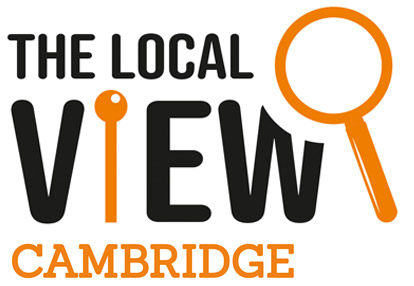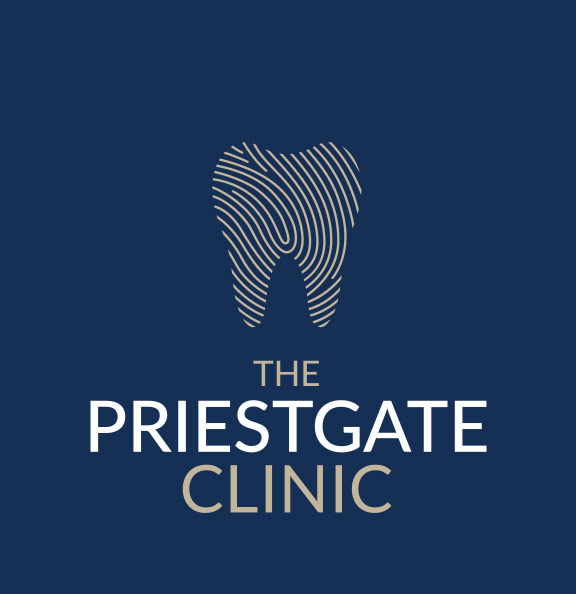Most people associate orthodontics with teenagers wearing metal fixed braces. However, nowadays the range of ages of patients suitable for orthodontics extends from 7 to 70 years! Here are a few pointers to age considerations if you’re considering having either your or your child’s teeth straightened.
Primary School Age
There’s a common misconception that children needn’t see an orthodontist until all adult teeth have erupted. However, most children benefit from a specialist assessment by 11 years of age, and some 7- to 10-year-old children require early interception for bite problems and ectopic teeth (growing in abnormal jaw positions).
A 7-year-old where the upper left incisor’s eruption is impeded, being treated with a transparent aligner brace.

Before 
After
The Teenage Years
This is prime brace time, since the adult teeth have erupted and, crucially, facial growth may be harnessed and modified, especially if there’s an ‘underbite’ and small lower jaw size.
Adulthood
Adults form a large proportion of my patients, typically having aesthetic (tooth coloured) fixed braces or transparent plastic aligners. Fortunately, many types of tooth and bite improvements are still biologically possible after facial growth has ceased, because bone is a dynamic tissue throughout life. Therefore, even 70-somethings can be treated successfully provided that their teeth and gums are disease free. In addition, a small number of adult patients with a severe jaw mismatch and/or airway restrictions benefit greatly from brace treatment combined with jaw (orthognathic) surgery (performed by a maxillofacial surgeon). A specialist can accurately diagnose features and then advise on the complete range of goals and treatment options for simple through to complex problems.
A 68-year-old lady’s teeth before and after one year of orthodontics.

Before 
After
Richard Cousley is a consultant orthodontist at the Priestgate Clinic in Peterborough. For further information & advice please go to www.priestgateclinic.co.uk or ring the clinic on 01733 865000.

Click here to read last month’s article from The Priestgate Clinic









